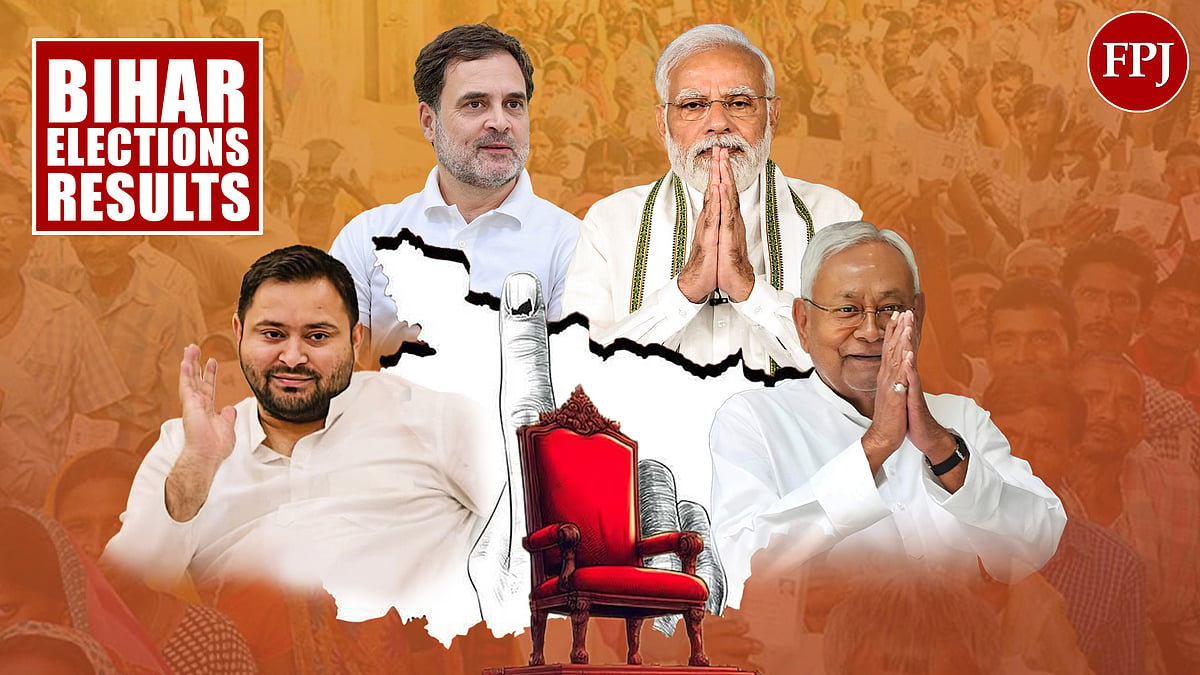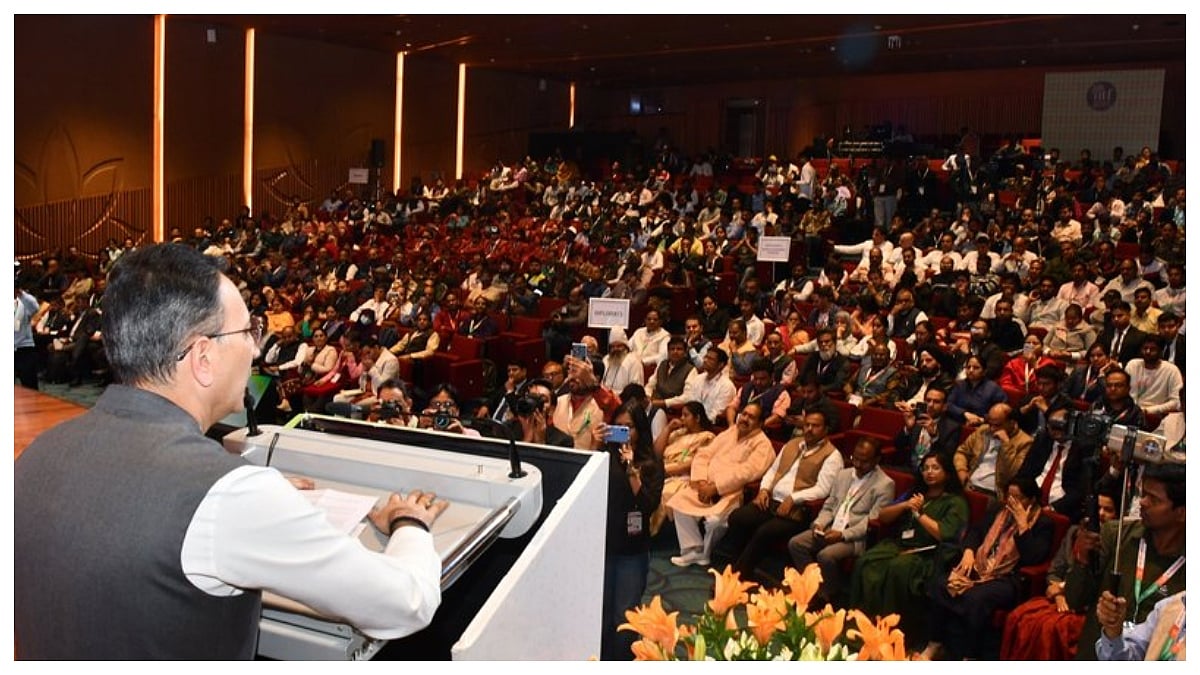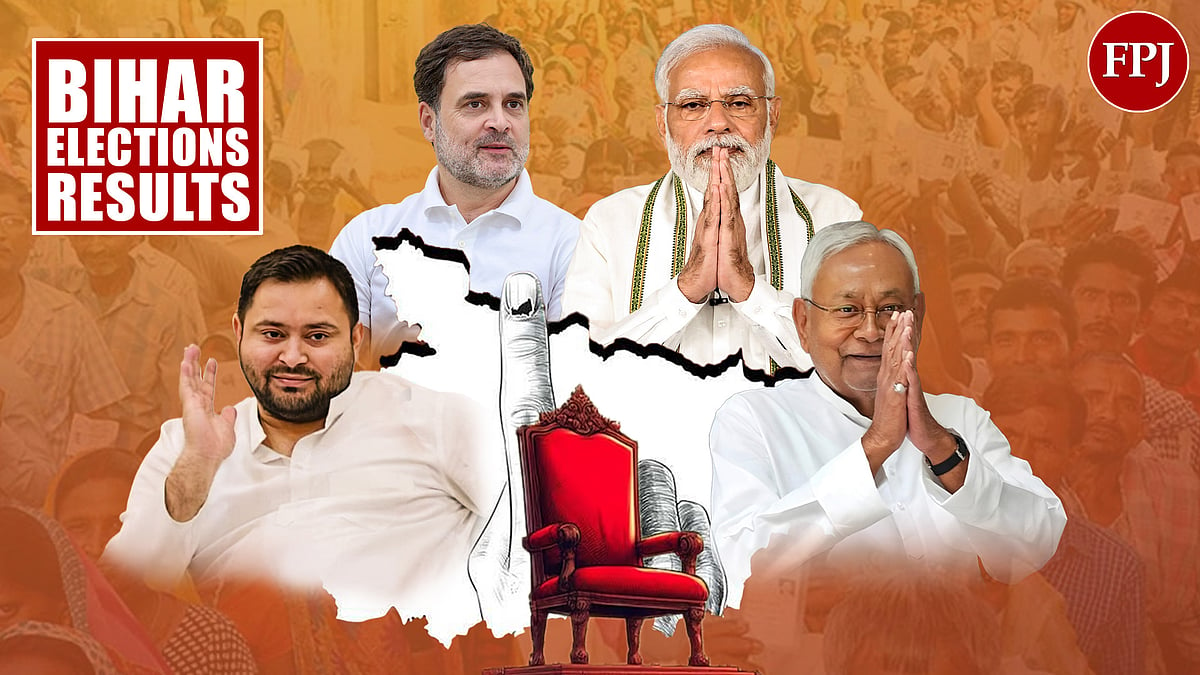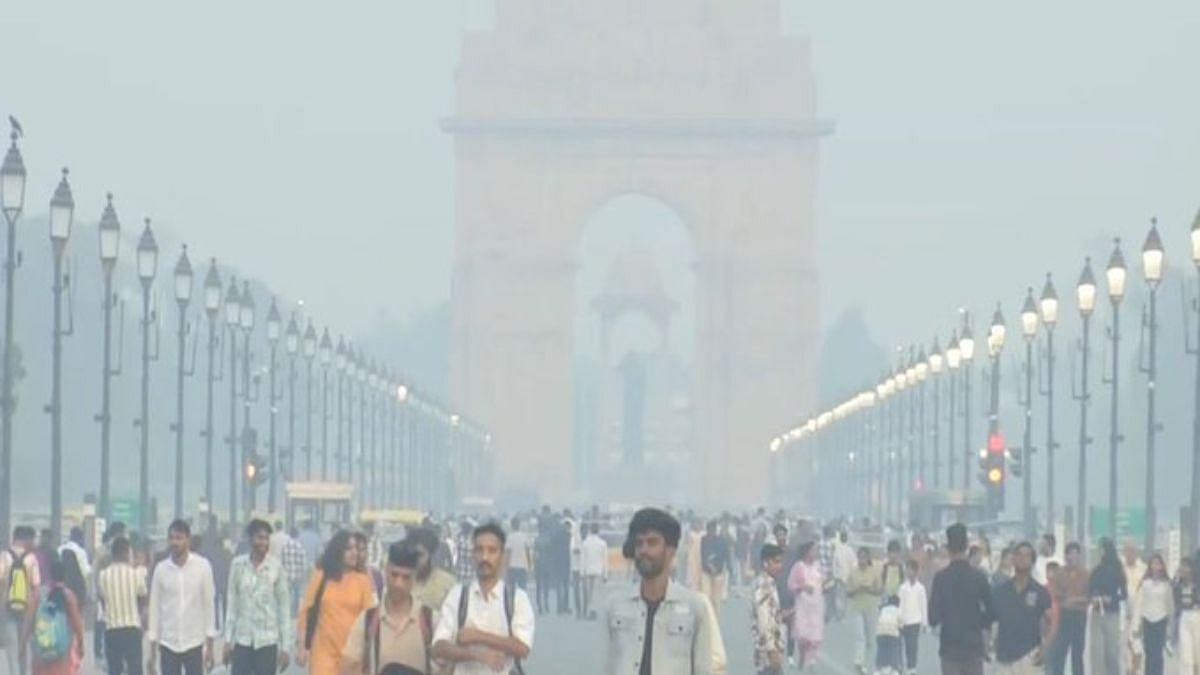There are several key takeaways from the landslide victory of the Bihar Chief Minister Nitish Kumar-led NDA, which has propelled the Janata Dal United (JDU) leader to an extraordinary tenth term in office.
The first is undoubtedly the political tenacity of this leader, who has consistently defied the conventional norms of anti-incumbency that have felled other state chief ministers despite his palpable physical and mental frailties. Nor have his frequent somersaults, vaulting from one side of the political fence to the other, diminished his uncanny capability to remain the lynchpin of Bihar politics through thick and thin. As a matter of fact, his party has this time almost doubled the number of seats it won five years ago, a remarkable comeback from the JDU’s dismal performance last election, which many felt was the start of Nitish Kumar’s marginalisation by his senior partner, the BJP, eagerly waiting to directly hold the reins of power in the state.
This brings us to the second learning from the Bihar elections, which is the ability of the top BJP leadership to pivot at the last moment to change its electoral strategy and tactics if required to do so. For instance, till just a few months ago the BJP and its vast propaganda machine had spread an insidious campaign that the clearly unwell chief minister was on his last legs, and it was time to look for a suitable successor. With the Election Commission introducing the drastic Special Intensive Revision of voters’ lists in Bihar, ostensibly to root out illegal Bangladeshi migrants, the BJP was keen to switch from Nitish Kumar’s brand of backward and lower-caste politics to its own signature Hindutva brand with overt communal overtones.
However, with Rahul Gandhi’s Vote Chori Yatra getting massive public response in Bihar and simultaneous disquiet among backward and lower castes about the consequences for them of an imminent ouster of Nitish Kumar after the polls and a complete takeover by the upper caste-dominated BJP, its leadership swiftly changed track. Suddenly, there were widespread reports about the possibility of women voters turning out in vast numbers in support of Nitish Kumar. Mysteriously, senior BJP leaders, who had earlier pointedly refused to name the JDU leader as the next chief minister, now openly declared that there was no question of anyone else taking his place.
The alacrity with which the BJP election machinery adapted to new challenges shows that the ruling party, which often gets reduced by its critics to winning with only sledgehammer tactics or communal hatred, is also constantly thinking on its feet and is able to set aside its ideological agenda or caste bias when needed to win. Similarly, deft manoeuvring with Dalit communities through Chirag Paswan’s Rashtriya Lok Janata Dal Party (RLJDP), which had walked out of the NDA the last time, and Jitendra Majhi’s Hindustani Awami Morcha Secular (HAMS) also paid handsome dividends to their BJP masters.
Faced by this constantly adapting and yet formidable political adversary, armed with state power and control of the election machinery, the opposition Mahagatbandhan had no calculated plan of action, which is the third takeaway from its debacle in the Bihar polls. Regardless of the vast crowds attracted by Rahul Gandhi on his Vote Chori Yatra, the youthful appeal of Tejaswi Yadav against the rapidly fading Nitish Kumar or the grassroots work done by Marxist-Leninist leader Dipankar Bhattacharya and his cadre, the Mahagathbandhan neither had a coordinated strategy nor a constituency-wise plan to defy the odds. This was not only underlined by the dozen so-called “friendly fights” between the allies but also the Opposition’s signal failure to mobilise the masses it claims to speak on behalf of.
Unfortunately, Tejaswi Yadav, the main spearhead of the Mahagatbandhan, has not lived up to the great promise he held out during his dynamic campaign in the last elections. He has failed to establish a personal connection with the rural masses that his father, Laloo Yadav, had in his heydays and was clearly overshadowed by Rahul Gandhi during the latter’s Vote Chori Yatra. As for the Congress leader, his party has become virtually a political fossil in Bihar, judging by the results that have seen it slump to an insignificant number of seats far lower than even its dismal performance last election.
Not surprisingly, other regional partners in the Mahagatbandhan got wiped out in this rout by the NDA. The Left parties, including the CPI (ML), which had got an impressive strike rate in the last few elections in the state, as well as the much-publicised Vikassheel Insaan Party, headed by Mukesh Sahni, representing the fisherfolk of Bihar, had a miserable election. Finally, political maverick Prashant Kishore’s Jan Suraj party failed to win a single seat and hardly any votes despite huge media speculation about how he would be the game changer in the polls.
While for the moment, the Bihar assembly poll outcome has been a huge boost for Chief Minister Nitish Kumar’s survival skills as well as the BJP high command’s political acumen and ruthless election management, it may not be all easy sailing in the future. With the JDU’s spectacular performance under his belt, it would be unthinkable for the BJP to remove him from the saddle at the moment, and perhaps not till he is too ill to continue. However, when that day comes, the BJP may face a serious challenge finding a suitable alternative leader who would be able to knit together the electoral spiderweb using both gender and caste to navigate the choppy waters of Bihar.
Meanwhile, the Opposition needs to learn its lessons from the humiliating defeat in Bihar. It will no doubt raise the bogey of electoral malpractices, and there is no reason why it shouldn’t if there is concrete proof to doubt the authenticity of the polls. But it would be making a grievous mistake if it points a finger at the Election Commission when three others are pointing back at the Opposition for the many sins of omission and commission that wrecked it in the state.









